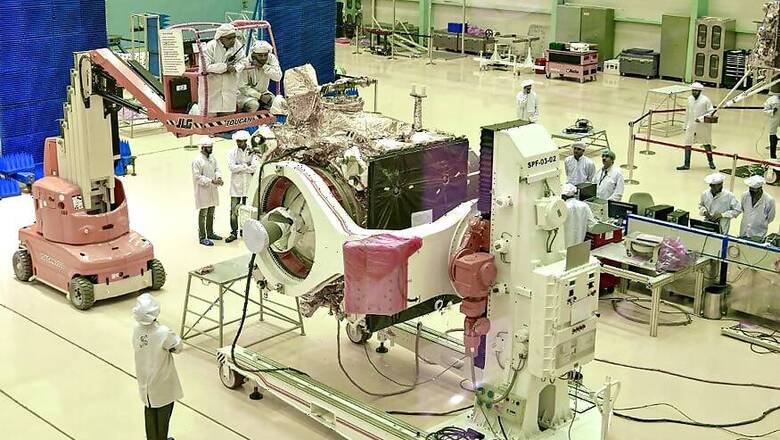
views
Indian lunar mission Chandrayaan 2 will boldly attempt to go where no country has ever gone before. Chandrayaan 2 will attempt to visit Moon's South Polar Region. According to The Indian Space Research Organisation (ISRO), the aim of the mission is to improve our understanding of the Moon, and possibly discoveries that will benefit India and humanity as a whole. According to their website, "These insights and experiences aim at a paradigm shift in how lunar expeditions are approached for years to come — propelling further voyages into the farthest frontiers."
Notably, Monday July 15 will see the launch of the Chandrayaan 2 Moon mission from Satish Dhawan Space Centre in Sriharikota, Andhra Pradhesh. The mission will be launched with an aim to place a rover on the moon.
Why explore the lunar South Pole?
The Moon is perhaps the best link to Earth's early history and while a few mature models of the Moon do exist, its origin still needs further probing and explanation. Extensive mapping of the lunar surface through Chandrayaan 2 will aid researchers in studying variations in its composition. The Chandrayaan 2 will help in gathering essential piece of information in tracing the Moon's origin and evolution
Evidence of water molecules — discovered by Chandrayaan 1 — and the extent of its distribution on the lunar surface and sub-surface also require further studies.
Most importantly, the lunar South Pole of the Moon is of special interest as a larger section of its surface stays perpetually the shadow than the North Pole.
Researchers believe that there is a possibility of the presence of water in permanently shadowed areas around it.
Furthermore, South Polar Region on the Moon has craters that are cold traps, containing a fossilized record of the early Solar System.
Chandrayaan 2 will make use of the Vikram lander and Pragyan rover in attempting a soft landing in between the high craters Manzinus C and Simpelius N for the Moon mission.

















Comments
0 comment